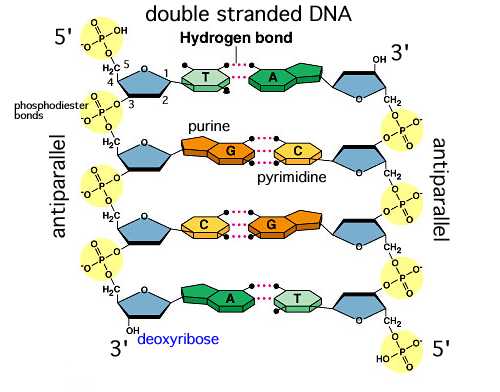The experts on this forum (both Christian and unbeliever) can give the details, but their time is precious. So in appreciation of their kindness in helping out, how about if I cover some basics so they won't have to? (and I hope they'll correct any mistakes I make). : )
First, Human DNA is 99.9+ % the same from person to person. With a total of 3 GB (or 3 Billion "letters", each of which is either A T C or G), that still leaves a lot of room for variation. (0.001% of 3 GB is still 30,000 letters that are different - where I might have a "T", where you have an "A", etc.).
Of that 3 GB, only 2% or less is in genes (making up around 20,000 genes). For each gene, one can have different types, which can give different features. These different types are called "alleles". So for an eye color gene (located at a specific place, say, 30,000 letters down chromosome 11), one could have the blue allele or the brown allele - both of which help form the eye, but which give different results.
OK, so, what differences are there between people? Here are some of the main categories of differences.
1. The most obvious is different alleles for the same gene. So for a skin color gene, one allele could make the skin a bit darker, one could make the skin a bit lighter. Also, a mutation in a gene could be "silent" in that it has no effect on the gene function (due to the redundancy of the amino acids). The same goes for non-coding areas that have an effect, such as regulatory sections.
2. random mutational differences in noncoding (and non-used) DNA. These won't be expressed if they are in DNA that isn't affecting anything. These could be any of many different mutation types.
Here are some basic types of mutations and how they work:
- 2A Duplication of a stretch of DNA. This is like accidentally copying part of a book twice. Example – when making a copy of a book that has chapters 1, 2, 3,4,5,6,7,8,9,10,11, 12, you end up with a book that has chapters 1, 2, 3,4,5,6,7,3,4,5,6,7,8,9,10,11, 12
- 2B Deletion of a base pair. AATCTGTC becomes ATCTGTC
- 2C Addition of base pair AATCTGTC becomes ACATCTGTC
- 2D Transposition (like a mirror) AATCTGTC becomes CTGTCTAA
All of these can have no effect, an effect which is selected for, or an affect which is selected against.
I think all differences are going to fall into one of those categories. Notice that some differences used for "fingerprinting" are in "junk" (non-used) DNA. For instance, one common method is to count the number of repeated sections in areas that often have many repeats.
So person A, in location 3 might have: ATCGCGAG
TATGATCCGTCTGGTATGATCCGTCTGGTATGATCCGTCTGGTATGATCCGTCTGGTATGATCCGTCTGGA (5 repeats)
So person B, in location 3 might have: ATCGCGAG
TATGATCCGTCTGGTATGATCCGTCTGGTATGATCCGTCTGGTATGATCCGTCTGGTATGATCCGTCTGGTATGATCCGTCTGGTATGATCCGTCTGGTATGATCCGTCTGGA (8 repeats)
Now, if we look at 10 locations like this, we might find for person A:
location # repeats
3 5
6 4
8 11
22 3
24 9
25 19
26 28
32 12
35 6
36 19
while for person B, we might find :
location # repeats
3 17
6 22
8 19
22 20
24 15
25 8
26 12
32 22
35 11
36 7
See how that works to fingerprint a sample? Especially after looking at not just 10 locations, but, say, 100?
Hopefully that's a start for others with more expertise to build upon.
In Christ-
Papias


